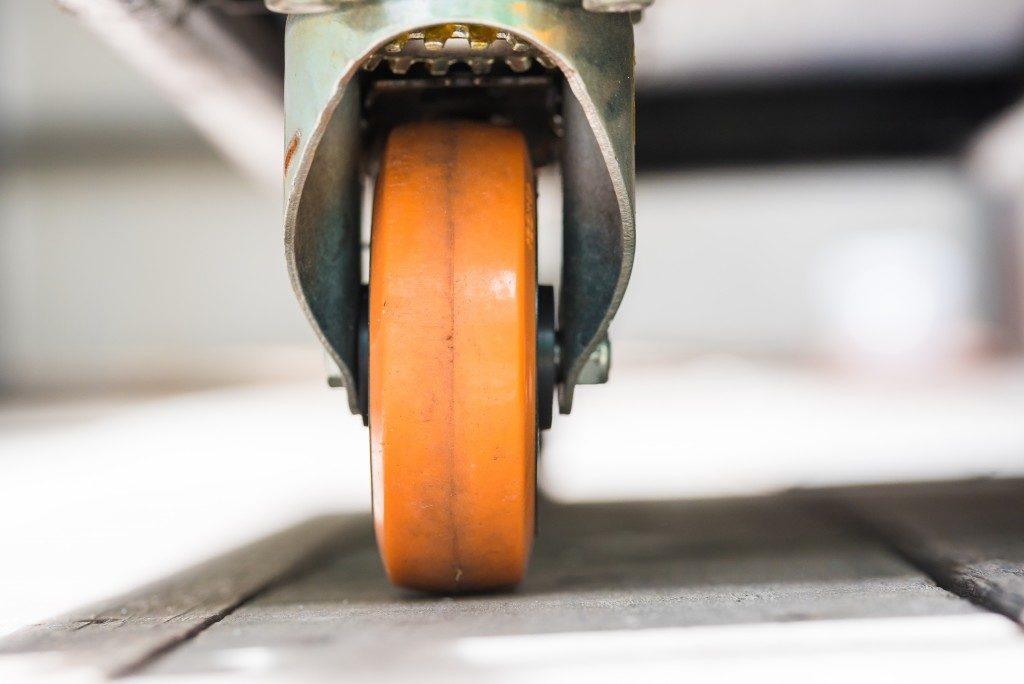Proper choice of casters is the key to effective mobility solutions, either at work or at home. However, it is often underestimated, and when poorly performed, it usually results in minimized efficiency, increased costs, and even safety hazards. The following are caster mistakes that you must avoid to make your next purchase count and ensure better decisions for more functional and durable mobile platforms.
1. Ignoring the Load Capacity
Underestimating the required load capacity is one of the most common mistakes in the choice of casters. Every caster has a maximum loading capacity. In most cases, trying to overload casters will lead to damage of the wheel and probably failure, and in some cases, accidents. It is always good to compute the sum total of the weights of the equipment plus the heaviest load it will carry and select casters that will handle much more than this combined weight. This will not only ensure safety but also increase the lifespan of the casters.
2. Not Considering the Floor Type
It should be noted that the type of flooring can actually do a lot in affecting what casters will be appropriate for you. The use of the wrong type of caster wheels damages both the wheel and the floor. For instance, nylon, a hard wheel, goes well with carpets but can cause damage to a wooden floor in terms of scratches and marks. Contrary, soft ones like rubber can be good for hard surfaces but may not serve well with carpets because they get bogged down. Always ensure that the material of the casters and the type of wheels match with the flooring to avoid getting damaged and ensure smooth maneuvering.
3. Ignoring the Environment
The environmental factors that may have their hand on caster performance and durability are the presence of chemicals, extremely cold or hot environments, or moisture. For applications in environments with corrosive substances or high humidity, casters must be selected from either stainless steel or zinc material that is corrosion-resistant. Overlooking the environment the casters will be running in may cause premature degradation and failure.
4. Overlooking Wheel Size
Size of caster wheels directly relates to load distribution and how easily a cart can be moved over a surface. Smaller wheels do not let the easy movement over obstructions and add extra load on the wheel, making them wear out rather quickly. Larger wheels, on the other hand, distribute the weight more evenly and can pass over the obstacles quite easily; they do, however, increase the center of gravity of the unit load, a potential drawback in some applications. In fact, the wrong wheel size could actually affect working and safety with a mobile unit.
5. Ignoring special features
The added features such as braking systems, swivel locks, and shock absorbers are necessary for added functionality and safety in use. For example, hospitals should have a medical cart with a locking caster, so it won’t budge when not needed to move. Such a feature should never be sacrificed for cost or for added simplicity, as safety and usability are often lost.
6. Quality Compromised For Price
While there are legitimate budgetary concerns, it will typically cost you more over the long haul as you replace and repair. Invest more in higher quality casters from reputable manufacturers. Importantly, the initial higher cost will find savings through reduced maintenance and longer service life.
7. Failure to Use Compelling Content for Decision Making
It is an effective way of purchasing casters because the content is engaging enough to let you learn and guide you through the whole purchasing process. Detailed descriptions of the product, application-based recommendations, and user reviews: it is an important piece of information that helps you not to fall into common traps when trying to pick the best of the best for your specific need. Such engaging content makes one’s decision process easy and also ensures that a person is well informed about the features and limitations of the product.
Conclusion
A lot of improvement is experienced when choosing the right casters for applications, and the more generic mistakes made by casters can be avoided. One learns about the load capacity, floor type, environmental conditions, wheel size, special features, and quality in matters of importance in decision-making. Proper education and engaging content in choosing your preferred alternative will undoubtedly ensure that your casters are not only functional but also an investment.


